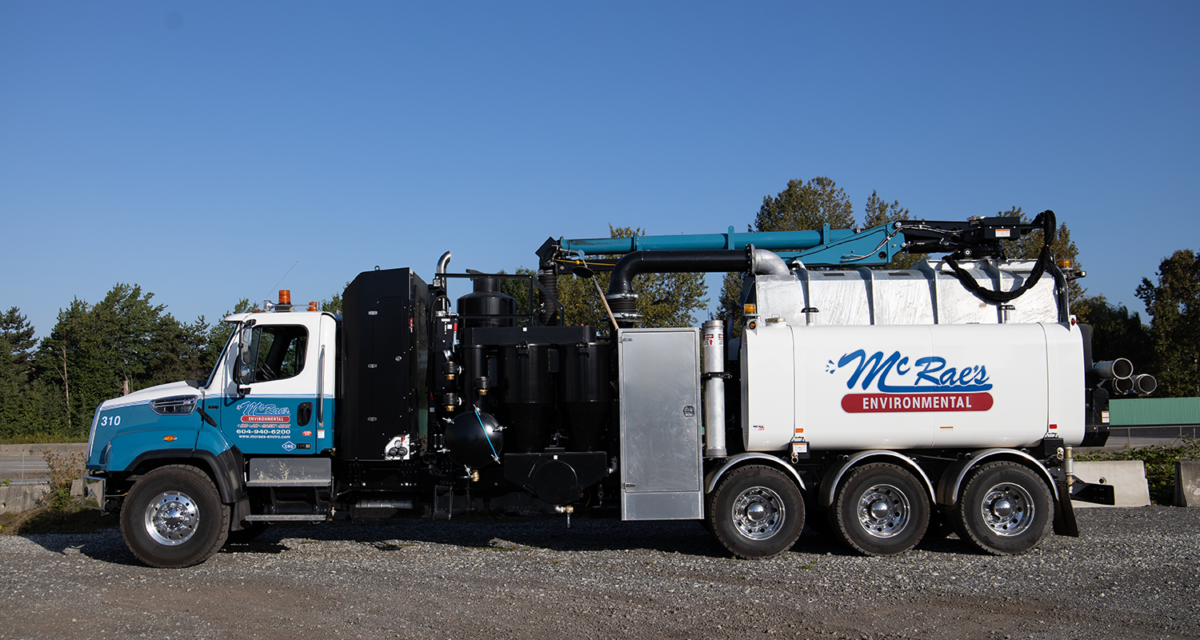Blog
-
Why Locating Underground Utilities Is So Crucial

Underground utilities such as water mains, gas lines, electrical conduits, and telecommunications cables are critical infrastructure components that keep our cities and towns running smoothly. These utilities are typically buried underground for safety and aesthetic reasons, but this also makes it difficult to locate them accurately. In the past, traditional excavation methods were used to uncover buried utilities, but these methods were slow, expensive, and often caused damage to the infrastructure. Today, locating underground utilities using a hydrovac is an important and effective method for identifying and exposing buried utilities safely and quickly.
A hydrovac is a specialized piece of equipment that combines high-pressure water and powerful suction to excavate soil and other materials. The process works by directing a jet of water at high pressure into the soil, breaking it up and turning it into a slurry. The slurry is then suctioned up into a holding tank using a vacuum, leaving behind a clean and precise excavation site. This method is especially useful for locating and exposing buried utilities, as it minimizes the risk of damage to the infrastructure while also providing accurate and detailed information about its location and condition.
One of the main benefits of using a hydrovac for locating underground utilities is its ability to excavate precisely and efficiently. The high-pressure water and suction capabilities of the hydrovac allow for precise excavation of soil and other materials, which reduces the risk of damage to underground utilities. This is especially important when working with delicate utilities such as fiber optic cables or gas lines, which can be easily damaged by traditional excavation methods. In addition, the speed and efficiency of the hydrovac process allow for a faster turnaround time and reduced disruption to surrounding areas, making it an ideal choice for busy urban environments.
Another benefit of using a hydrovac for locating underground utilities is the increased safety it provides. Traditional excavation methods can be dangerous, as they often involve heavy machinery, sharp tools, and unstable soil conditions. Using a hydrovac reduces the risk of injury to workers and bystanders, as the process is controlled from a safe distance and the excavation site is kept clean and stable. In addition, the hydrovac process eliminates the risk of damaging nearby utilities or infrastructure, which can lead to costly repairs and downtime.
Hydrovac excavation is also a more environmentally friendly option compared to traditional excavation methods. The high-pressure water used in the process reduces the need for harsh chemicals and minimizes the impact on the surrounding environment. The process also generates less noise and vibration, which reduces the disturbance to nearby residents and businesses.
Overall, locating underground utilities using a hydrovac is an important and effective method for identifying and exposing buried infrastructure. Its precise excavation capabilities, increased safety, and environmental benefits make it a superior option to traditional excavation methods. As our cities and towns continue to grow and expand, the need for accurate and efficient utility locating will only become more important. Investing in hydrovac technology is a smart choice for any municipality or utility company looking to improve their infrastructure management and minimize disruption to surrounding areas.
